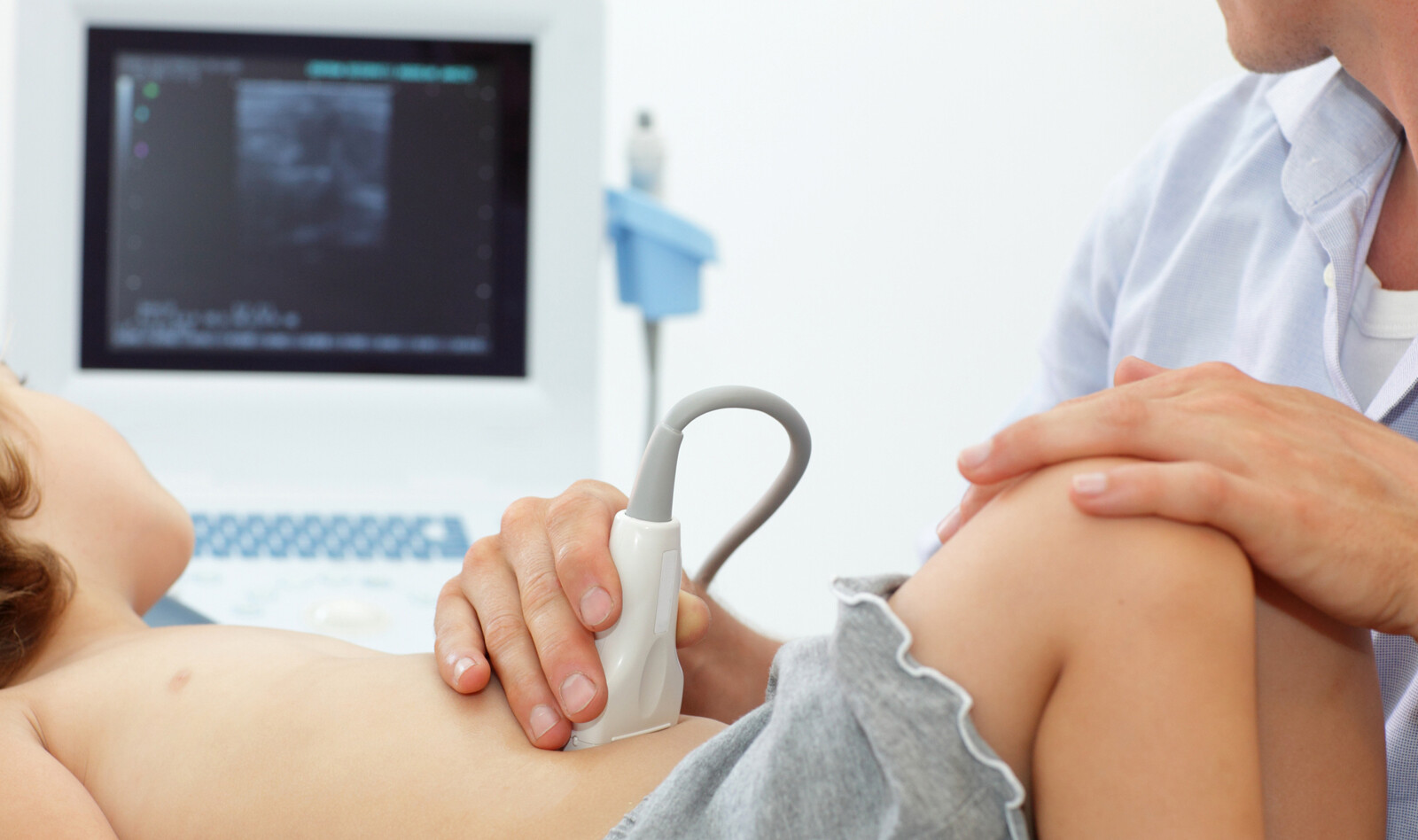RESEARCH REPORT • Gastric Emptying Time of Two Different Quantities of Clear Fluids in Children: A Double Blinded Randomized Controlled Study
Source: Pediatric Anesthesia 2021 July 27
INTRODUCTION
Perioperative pulmonary aspiration in children is infrequent and is more likely to occur in emergency situations than in elective surgeries. With the hope to reduce aspiration risk, healthy children undergoing elective surgery are traditionally kept fasting overnight to ensure that their stomach is empty.
Current guidelines recommend fasting of 6-hours for solids, 4-hours for breast milk and 2-hours for clear fluids prior to anesthesia. Nevertheless, a one-hour clear fluids fasting has been shown to not drastically affect gastric volume or pH when compared with two-hour fasting. Allowing children clear fluids prior to surgery is associated with less postoperative nausea/vomiting, thirst, hunger, and irritability than those who fasted for more than 6-hours.
Gastric ultrasound (GUS) is a simple, non-invasive, well tolerated, reproducible and reliable bedside tool for calculating gastric volume and determining its contents. GUS in pediatric patients could help identify children with significant gastric volumes before anesthesia, particularly when the fasting time for clear fluids is uncertain or is less than 2 hours. Studies comparing gastric volume and gastric emptying after 3, 5 or 7 mL/kg clear fluids intake demonstrated that gastric volume had returned to baseline in 1-hour after 3 and 5 mL/kg intake but not after 7mL/kg.
This randomized controlled study was designed to compare gastric emptying time using ultrasound after administration of 3 mL/kg versus 5 mL/kg clear fluids (5% dextrose) in children. The primary outcome of this study was to test the hypothesis that the gastric emptying time would be below one hour for both interventions. The secondary outcome was the comparison of the antral cross-sectional area (ACSA) and gastric volume before starting the study.
METHODS
The study was done in the pediatric operation theatre of a tertiary care referral center after obtaining approval from institutional ethical committee and informed written consent from parents.
44 children aged 6 to 14 years, who fasted as per guidelines and scheduled for elective surgery with American Society of Anesthesiologists (ASA) physical status class I or II were enrolled in the study. Patients were excluded from the study if they had gastrointestinal disease (gastro-esophageal reflux, hiatus hernia, or gastritis), presence of any major co-existing medical illness or congenital disorder, violation of the prescribed fasting times, and refusing to drink prescribed clear fluid according to the protocol.
Children were randomly allocated to either Group 3 (n=22) (allowed to drink 3 mL/kg 5% dextrose after baseline GUS) or Group 5 (n=22) (allowed to drink 5 mL/kg 5% dextrose after baseline GUS). After arrival to the preoperative holding area, vital signs, and time of last meal or fluid intake were recorded. GUS was performed to evaluate gastric contents and baseline ACSA.
A portable ultrasound device with a linear high frequency (13-8 MHz) transducer was used for qualitative and quantitative assessment of gastric antrum in the right lateral decubitus position with 45° head elevation. The transducer was placed over the epigastric area in a sagittal or parasagittal plane immediately inferior to the xiphisternum with the orientation marker directed cephalad. The gastric antrum was visualized in a short-axis cross-section along the edge of left lobe of the liver with the pancreas, descending aorta and inferior vena cava (long axis) posterior to it. The maximal anteroposterior diameter (D1) and longitudinal diameter (D2) of a single section of the gastric antrum were determined. The antral cross-sectional area (ACSA) (cm2) was calculated using the following formula:
ACSA (cm2) =
From this, the gastric volume was calculated as:
Gastric volume (mL) = 27 + 14.6 x ACSA (cm2) – 1.28 x age (years)
Ultrasound examinations were performed by single senior anesthesiologist blinded to the group allocation. To ensure consistent measurements, three scans were performed in each patient at each time of observation which was further reviewed by a blinded radiologist. The average value of these three measurements of D1 and D2 were used to calculate the ACSA.
Measurements were taken at baseline, immediately after ingestion of clear fluid and after that at every 5 minutes till ACSA reached baseline level. Gastric emptying time [time required for ACSA to return to baseline after intake of prescribed amount of clear fluids] and emptying half-time (t1/2) [time required for ACSA to return to half maximum value) were determined. After achieving the baseline ACSA, children underwent their scheduled elective surgery.
RESULTS
Ninety-seven patients were assessed for eligibility, and 53 were excluded, leaving 44 patients to participate in the study with 22 patients in each group. Gastric antrum was visualized in all the patients without any difficulty.
Both groups were comparable regarding demographic profile (age, gender, weight, ASA status) and preoperative clear liquid fasting duration (hours). Baseline ACSA (cm2) and weight-adjusted baseline gastric volume (mL/kg).
After ingestion of clear fluids, the median ACSA (cm2) increased significantly compared to baseline in group 3 [median difference 7.6] and group 5 [median difference 9.8] (p<0.0001). Yet, there was no significant difference between groups.
The median gastric emptying time in group 3 was 35 minutes and 40 minutes in group 5 and the emptying t 1/2 was 17 minutes in group 3 and 18.6 minutes in group 5. All children in both groups had an empty stomach (gastric volume reached to baseline) within 50 minutes after ingesting the clear fluid.
CONCLUSIONS
The authors demonstrated that ingestion of 3 mL/kg or 5 mL/kg clear fluids after fasting period of 6-hours resulted in an immediate significant increase in the ACSA and gastric volume compared to baseline. They also demonstrated that gastric emptying occurs exponentially in both groups.
They concluded that in healthy children undergoing elective surgery, preoperative fasting time for clear fluids can be reduced to 1-hour and therefore, healthy kids could be safely allowed to drink up to 5 mL/kg clear fluids one hour before the induction of anesthesia.
 English
English
 Español
Español 

